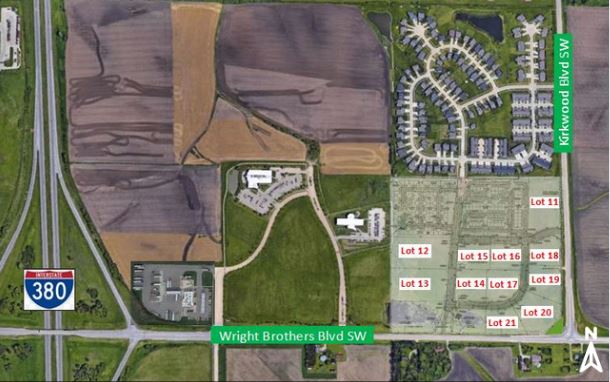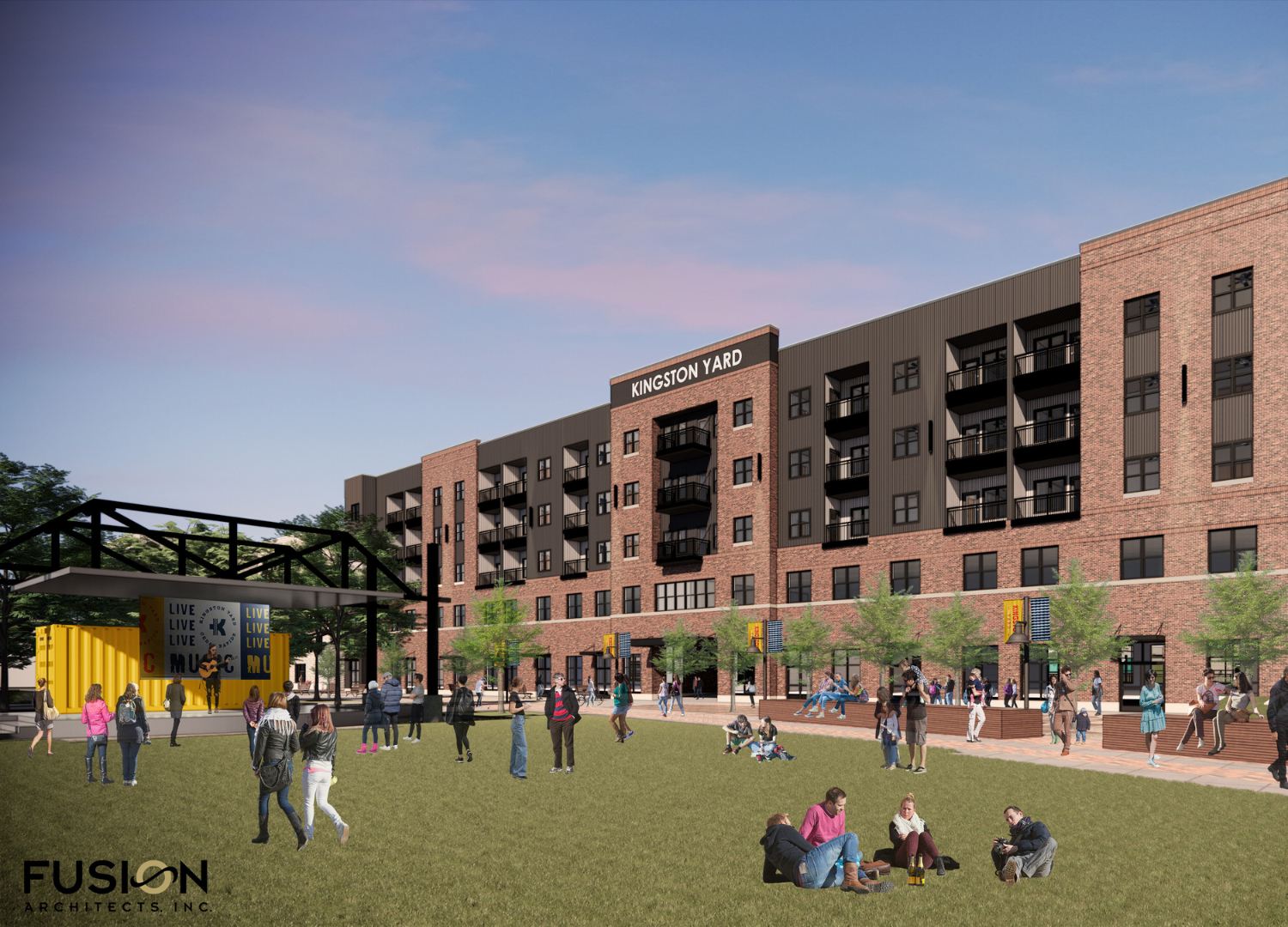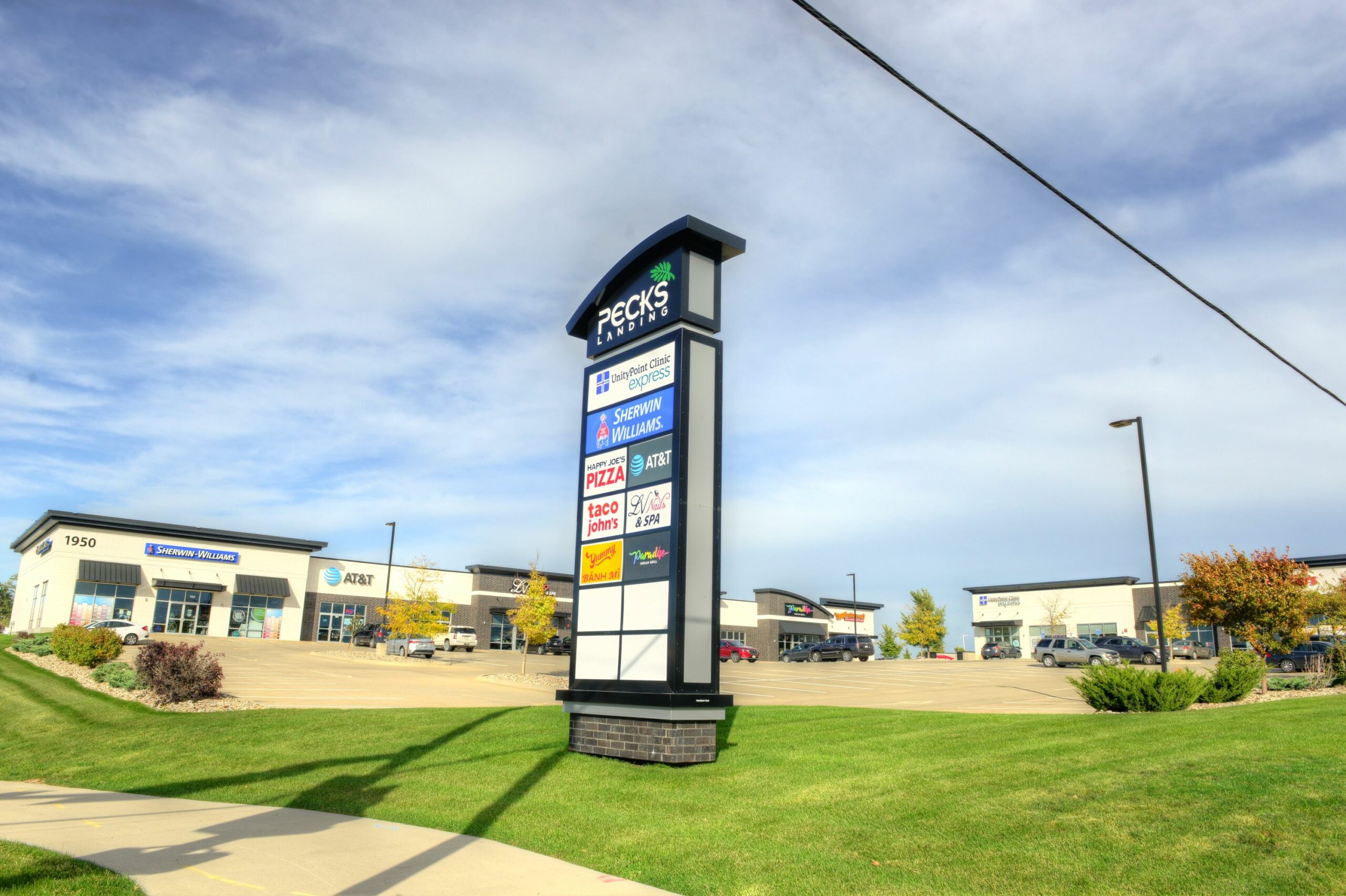Calculating the load factor in a commercial building involves determining the proportionate share of common areas and building amenities that are allocated to each tenant. The load factor, also known as the rentable-to-usable ratio or the common area factor, is used to adjust the usable square footage of a tenant’s space to account for their proportionate share of common areas. Here’s a general explanation of how the load factor is calculated:
Determine Usable Square Footage: Start by measuring the actual usable square footage of the tenant’s space. This includes the area that the tenant will exclusively occupy and utilize for their business operations. It typically encompasses offices, work areas, and any other areas exclusively assigned to the tenant.
Measure Common Areas: Next, measure the square footage of common areas in the building. Common areas include lobbies, hallways, staircases, elevators, restrooms, conference rooms, shared kitchens, and other shared spaces that are used by all tenants in the building.
Calculate the Load Factor: Divide the total square footage of the common areas by the total leasable square footage of the building. The result is the load factor, typically expressed as a decimal or a percentage.
Load Factor = Total Common Area Square Footage / Total Leasable Square Footage
Apply the Load Factor: Multiply the usable square footage of the tenant’s space by the load factor. The resulting figure represents the rentable square footage, which includes both the usable space and the tenant’s proportionate share of the common areas.
Rentable Square Footage = Usable Square Footage x Load Factor
By calculating the load factor and applying it to the usable square footage, tenants can determine the rentable square footage of their space. This figure is essential for establishing lease terms, as the rent is often based on the rentable square footage rather than just the usable square footage.






